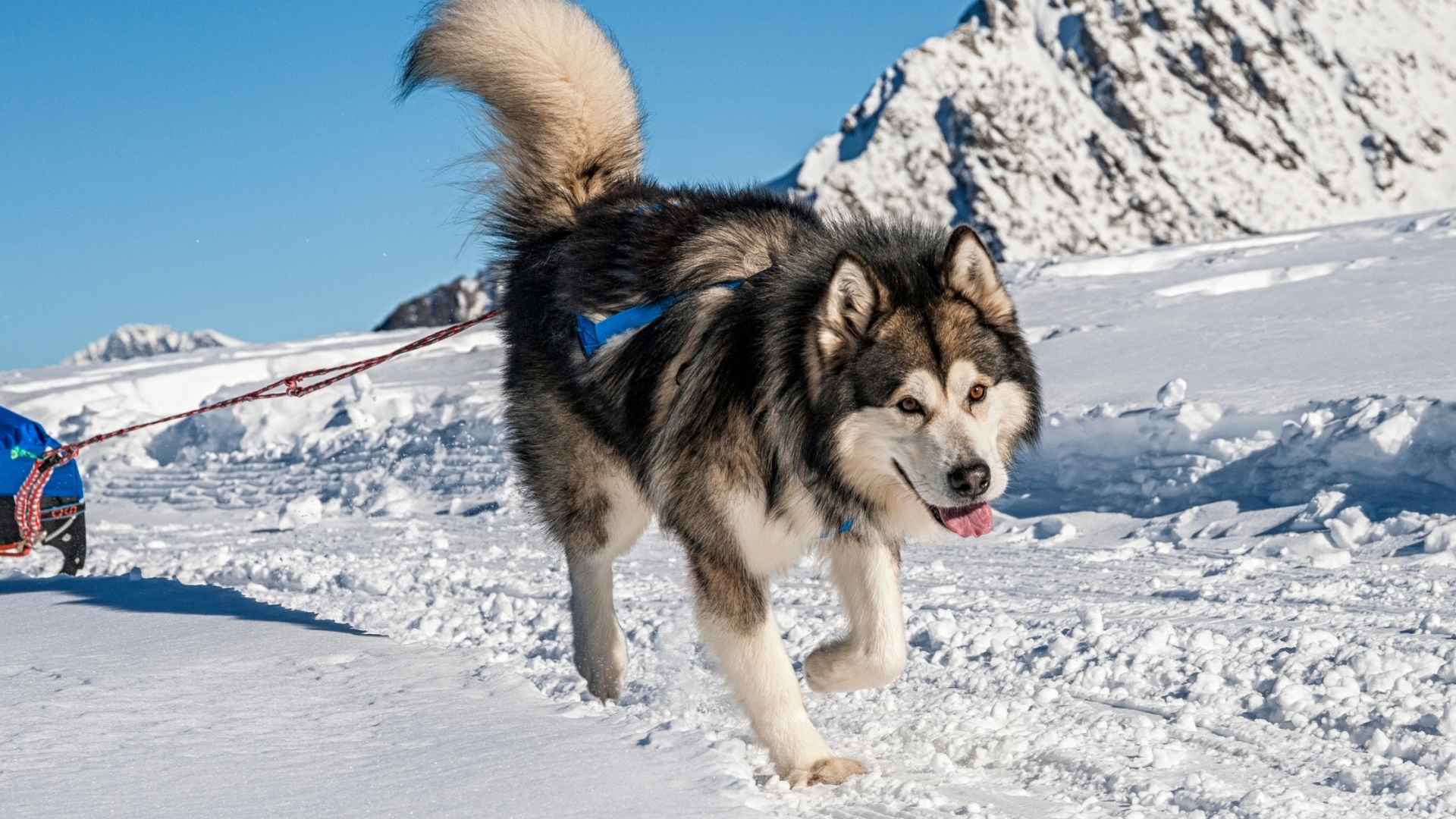They make decisions without asking.
They solve problems you didn’t even notice.
They work with purpose, whether you’re watching or not.
Independent working dog breeds stand apart in the canine world. Built for jobs that required thinking on their paws, these breeds bring centuries of self-reliance into your living room.
Unlike dogs bred mainly for companionship, these canine partners were shaped by work that demanded they make quick choices without human input – guarding flocks through the night, hunting dangerous game, or finding their way through mountains alone.
Their confidence and capability make them incredible partners, but also bring unique challenges for owners. Not content to simply follow orders, they bring their own ideas to every situation.
Let’s meet seven remarkable breeds with working independence in their DNA.
Independent Working Dog Breeds
1. Akita
The Akita is a dignified Japanese dog breed that was originally developed for hunting large game. Today, they’re considered a national treasure in Japan and are closely associated with wellness and good fortune.
As per Akita Club, it’s traditional for families to receive Akita figurines to celebrate a newborn or to wish someone recovery from illness—a reflection of the breed’s strong cultural significance.
Fiercely Loyal With an Independent Streak
This breed is best known for its unwavering devotion, immortalized by the true story of Hachiko, an Akita who waited daily at a train station for his deceased owner for nine long years. Stories like this have secured their place among the most loyal breeds in the world.
However, their independence means they’re not ideal for first-time pet parents. Akitas tend to form deep bonds with their humans but may be distant or aloof with unfamiliar people.
A Unique Fit for the Right Home
Due to their history as hunters, Akitas often retain a strong prey drive and are usually better off as the only pet in the household. They may view smaller animals, including other family dogs or cats, as something to chase.
Akitas also prefer interactions on their own terms, so while they’re deeply affectionate with their inner circle, they can be less tolerant of small children or chaotic environments.
Still, for those seeking one of the best dog breeds for protection and companionship, this confident and intelligent working dog is a natural choice among guard dogs.
2. Karelian Bear Dog
The Karelian Bear Dog hails from Finland and was bred for serious work: hunting large, powerful game such as bears, moose, and wild boar.
These medium-sized but rugged dogs typically stand between 19–23.5 inches tall and weigh 44–49 pounds. Despite not fitting the mold of a large dog, their courage and stamina rival much bigger breeds.
Instinct-Driven and Naturally Cautious
With a temperament molded by generations of hunting, the Karelian Bear Dog is deeply independent and not naturally suited for typical household life. They’re often wary of strangers and do not generally thrive in busy or highly social environments.
While some affectionate dogs seek constant human interaction, this breed prefers to stay focused on a task. Their strong prey drive means they should never be allowed off-leash in open spaces, they’re likely to bolt after wildlife without hesitation.
Best Suited for Work, Not Play
Karelians can be reactive to anything unfamiliar, making them naturally alert and highly vocal. Their tendency to bark at unknown animals and people is part of their value as watchdogs, but it also means they need space and structure. Though they may coexist with other dogs in working environments, they aren’t always social in the way other breeds might be.
3. Central Asian Shepherd Dog
The Central Asian Shepherd Dog, shaped over millennia across regions like Turkmenistan, Afghanistan, and Iraq, is the product of natural selection rather than human design.
These dogs evolved to withstand everything from brutal climates to apex predators, all while guarding flocks and territory. These dogs thrive in environments where they have space, structure, and purpose.
Instinctively Reserved, Endlessly Brave
This breed’s temperament reflects its history: independent, strong-willed, and fearless. While they can be loving toward their inner circle, dogs tend to be naturally suspicious of strangers without early socialization.
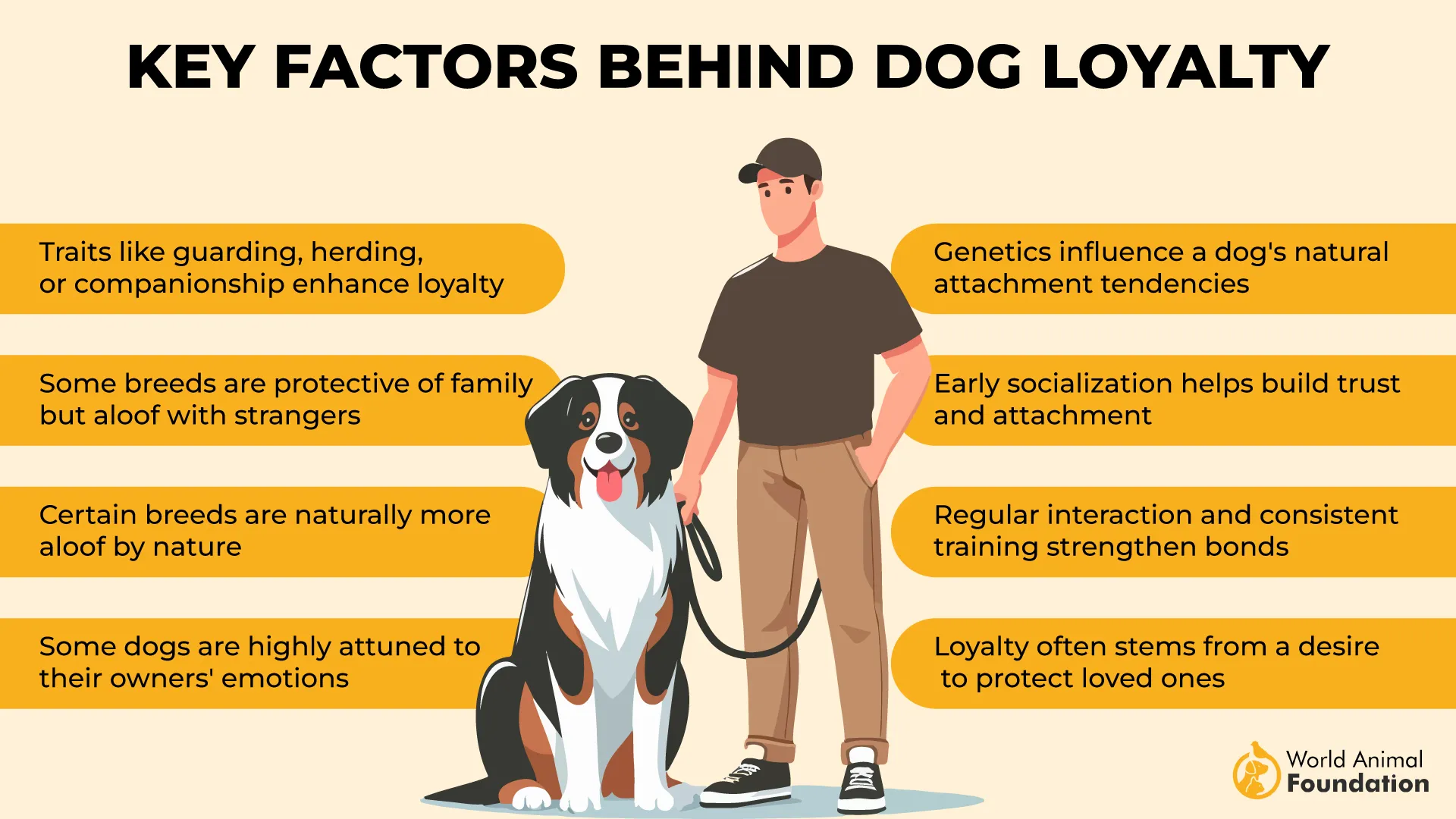
Start that socialization from puppyhood to help them adjust to unfamiliar people and settings more confidently. Even though this is a low-maintenance dog breed in terms of grooming, their mental stimulation needs are high, they benefit greatly from enrichment activities like puzzle feeders or strategic scent work.
Purpose-Driven, Not Play-Obsessed
While they don’t require as much exercise as high-energy sporting breeds, Central Asian Shepherds still need regular activity to stay balanced.
Daily walks, mental challenges, and space to patrol can help satisfy their need to work. These are not casual companions, they’re serious, determined working dogs best suited to experienced handlers who appreciate their strength and autonomy.
4. Great Pyrenees
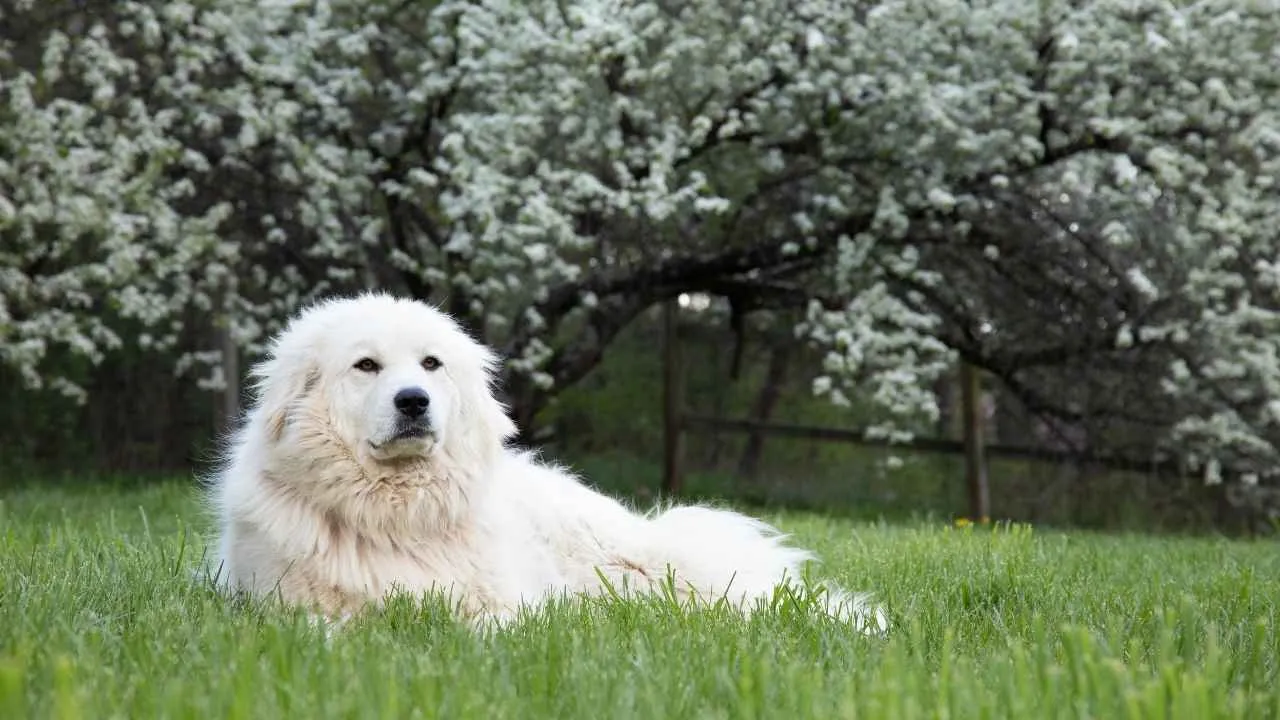
Initially bred to guard livestock in remote, mountainous regions, the Great Pyrenees is an independent breed that still carries the calm confidence of its ancestors.
Accustomed to working alone without human direction, this breed is alert and reliable, with a strong instinct to protect. While they’re no longer warding off wolves, that watchful streak remains—don’t be surprised if your Pyrenees announces every passing mail truck.

Gentle but Self-Sufficient at Home
Despite their formidable size, Great Pyrenees are soft-spoken giants around those they love. They often make excellent family pets for homes with older children who respect their space.
While they coexist peacefully with other animals, they also enjoy quiet moments of solitude, and giving them a place to retreat supports a dog’s happiness in a busy household.
Calm, Not Lazy—They Still Need Purpose
Though they’re not built for high-speed games or endless fetch sessions, they still need enough exercise to stay mentally and physically balanced.
A few daily walks, patrol time in the yard, or short hikes can fulfill their needs. They may not follow your every move, but the Great Pyrenees forms a deep, loyal bond with their human companion, offering quiet affection and dependable protection.
5. Tibetan Mastiff
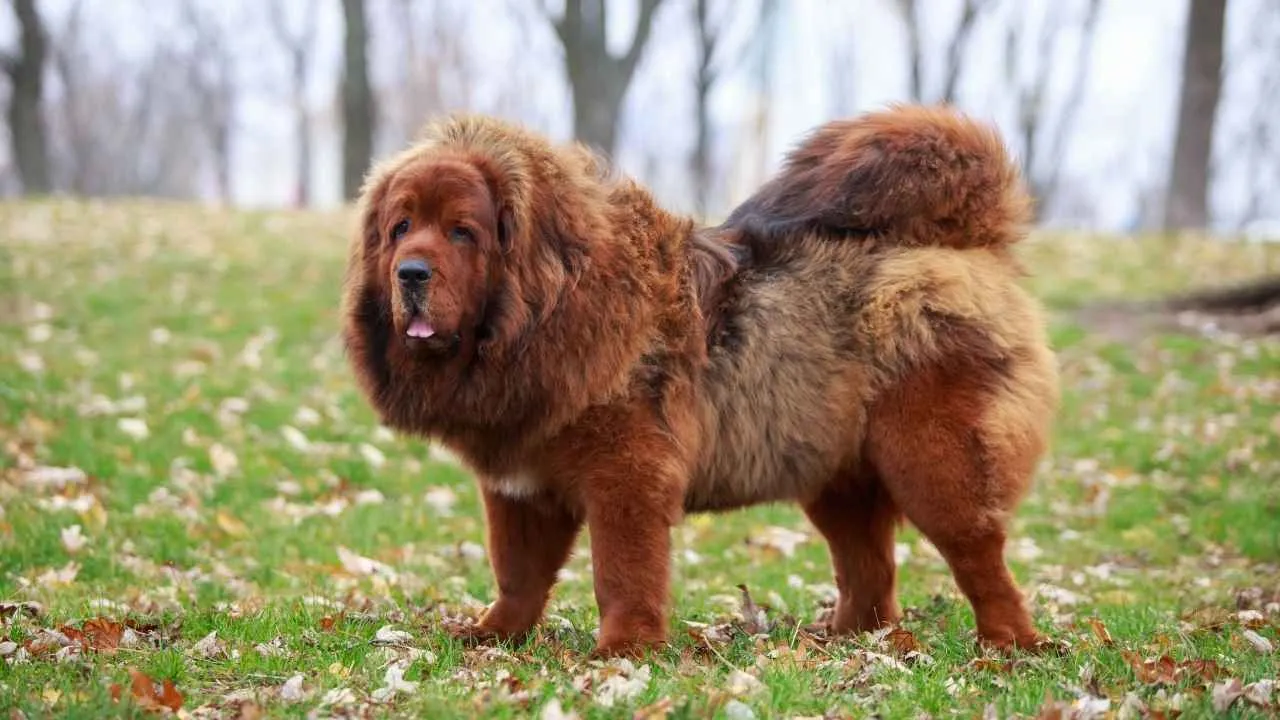
With a history that stretches back thousands of years, the Tibetan Mastiff has an independent nature, once used to guard monasteries and livestock in the Himalayas.
Their massive build, thick mane, and deeply protective instincts give them a lion-like appearance and temperament. Often aloof and imposing with strangers, they’re deeply loyal to their own, but make no mistake, this breed chooses when and how to show affection.
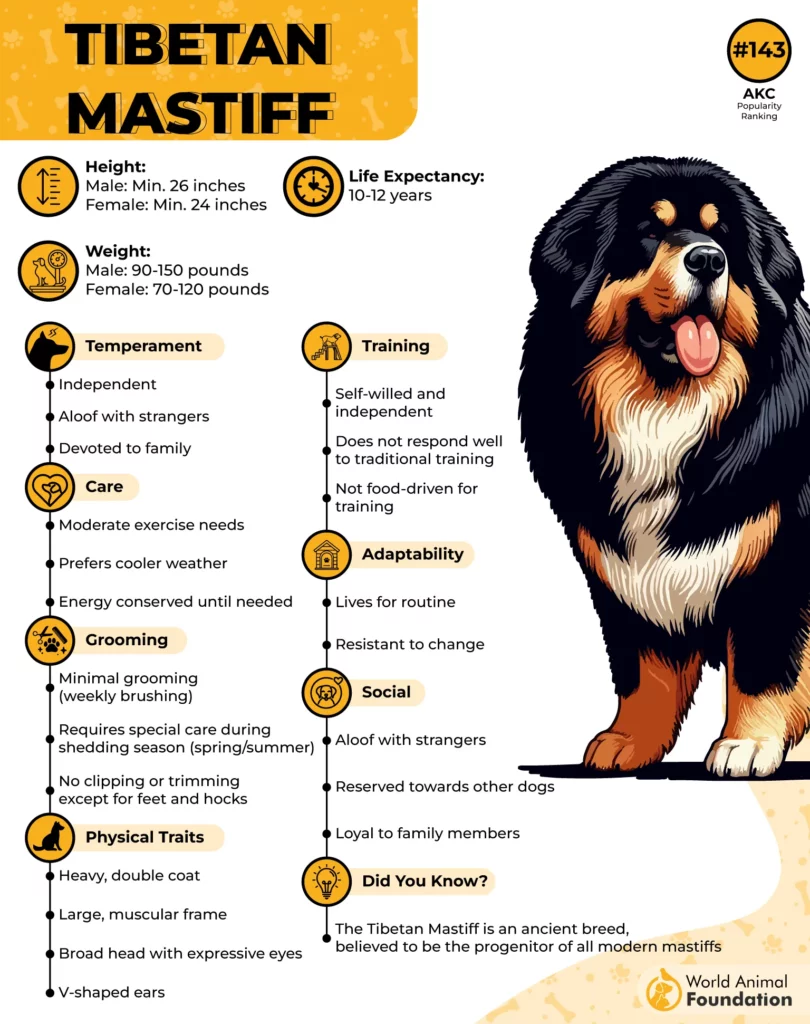
Smart but Stubborn, and Not for Beginners
The Tibetan Mastiff’s strong will means they often prefer making decisions on their own. While they are intelligent, they’re not eager to please, making early training essential to help establish boundaries and build mutual respect.
Their loving nature shines through once trust is built, but they require experienced handlers who can confidently lead without being forceful. This is not a breed that thrives on human company 24/7—they enjoy their independence and should never be expected to act like a clingy companion.
Fiercely Independent and Built to Roam
Tibetan Mastiffs need space and regular exercise, ideally in a securely fenced yard. They’re playful in their own way, but their energy is focused on patrolling and surveying rather than games of fetch.
Left alone for long periods, they can become bored and restless, which may lead to digging, barking, or testing the limits of your fencing, as stated in Greencross Vets. With structure, socialization, and the freedom to be who they are, these dogs thrive as bold, reliable protectors.
6. Great Dane
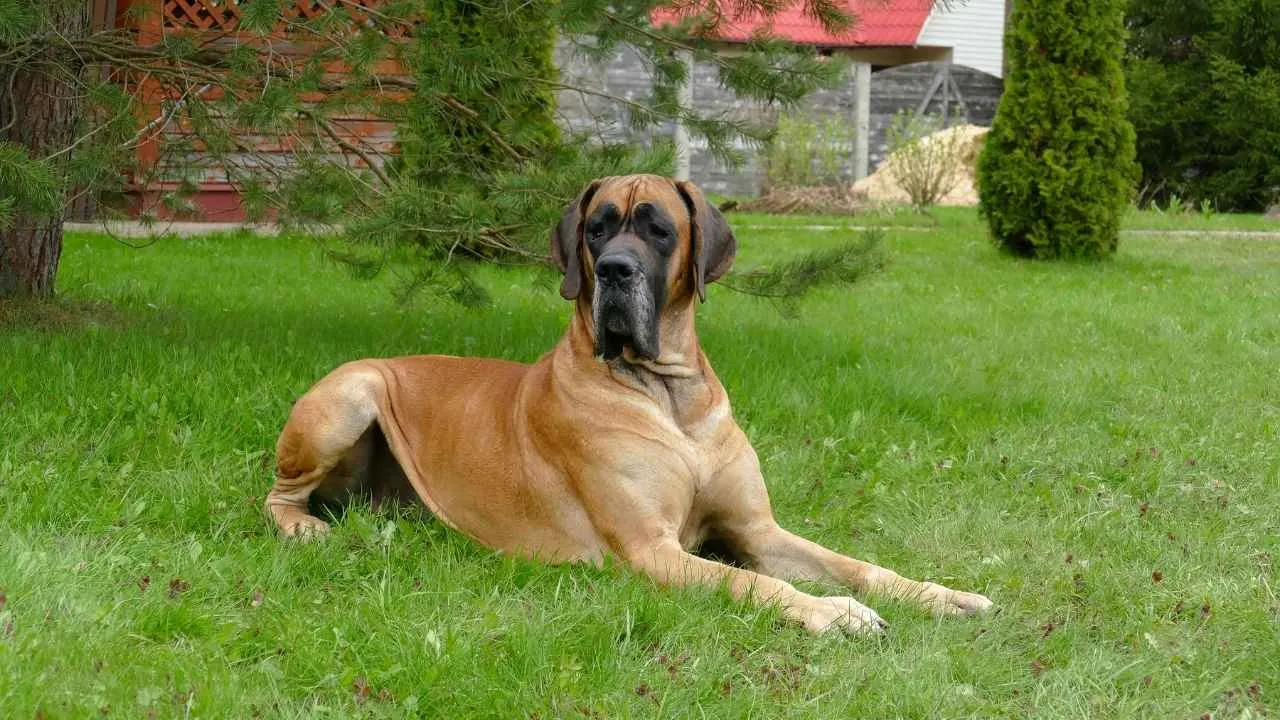
Originally bred in 19th-century Germany for hunting wild boar and guarding large estates, the Great Dane combines formidable strength with a calm, composed nature.
Often referred to as the “Apollo of dogs,” Great Danes are among the tallest and most sturdy dogs in the canine world, easily towering over most other breeds. Great Danes are famously kind-hearted and devoted to their families despite their imposing stature.
Raising Confidence from Day One
While Great Danes are often calm and even-tempered, their size and sensitivity mean that socialization is not optional—it’s essential. Without it, their naturally reserved nature may develop into timidity or anxiety.
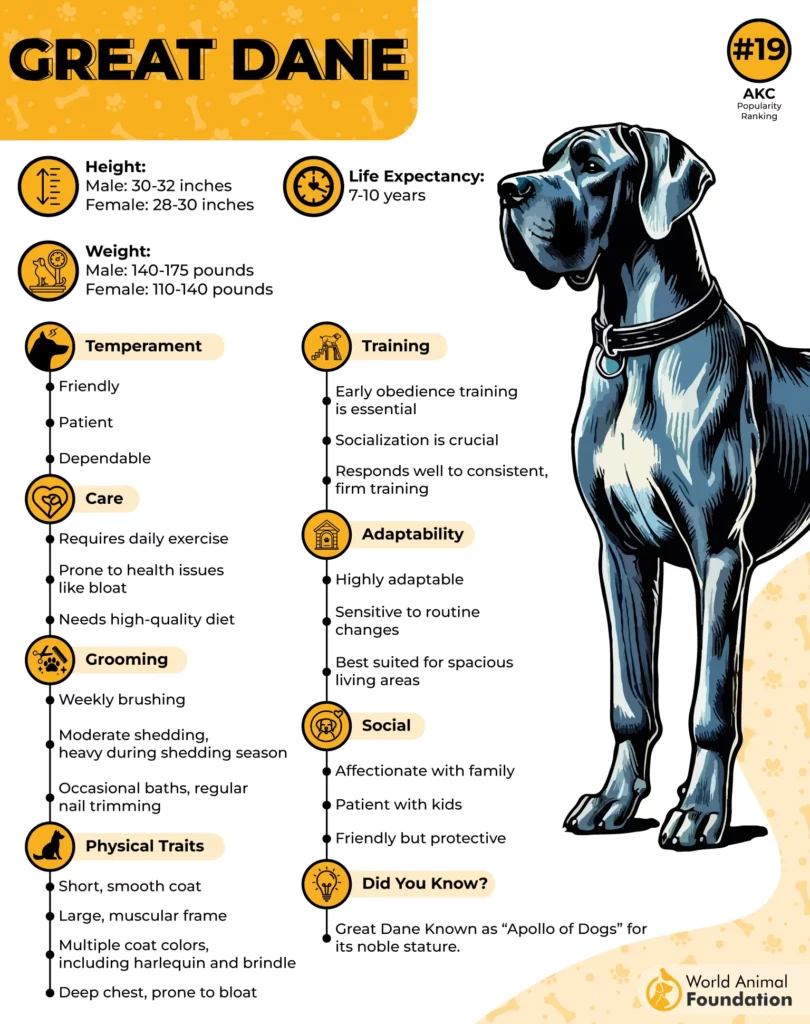
The first few months of a Great Dane puppy’s life are critical. For a first-time dog owner, working closely with a reputable breeder or trainer can make all the difference in raising a confident, well-balanced adult.
Big Dog, Big Needs—Emotionally and Physically
Though independent in spirit, Great Danes still rely on their humans for structure and reassurance. Early, positive exposure to new sights, sounds, and environments can set the stage for a happy and healthy adult dog.
When raised with care and consistency, Great Danes are not only gentle giants but also steady, affectionate companions with a regal sense of calm.
7. Alaskan Malamute
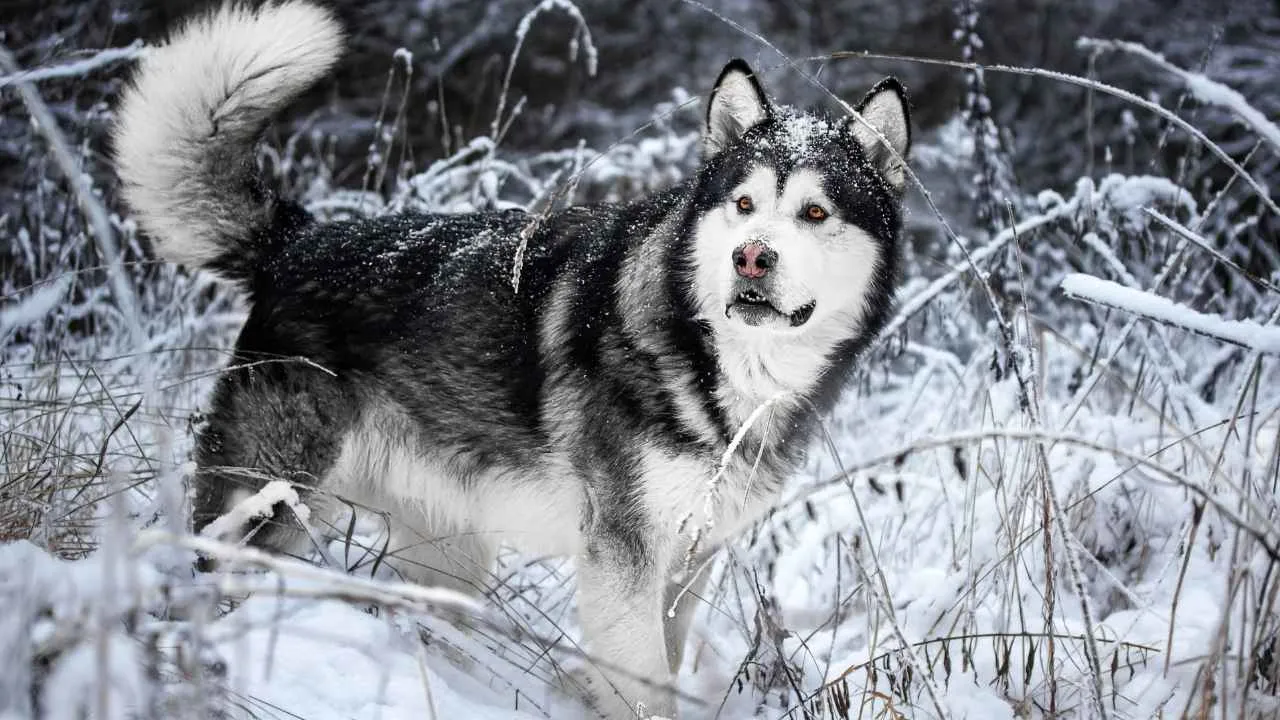
The Alaskan Malamute has been a powerhouse partner to humans since its early days alongside the native Mahlemut tribe of Alaska, as per the Alaskan Malamute Club of Belgium (AMCB).
These dogs weren’t just sled pullers, they were bold enough to scare off polar bears and determined enough to help hunt seals. Their resilience and strength make them one of the most reliable working breeds in extreme conditions, with exercise needs that match their demanding heritage.
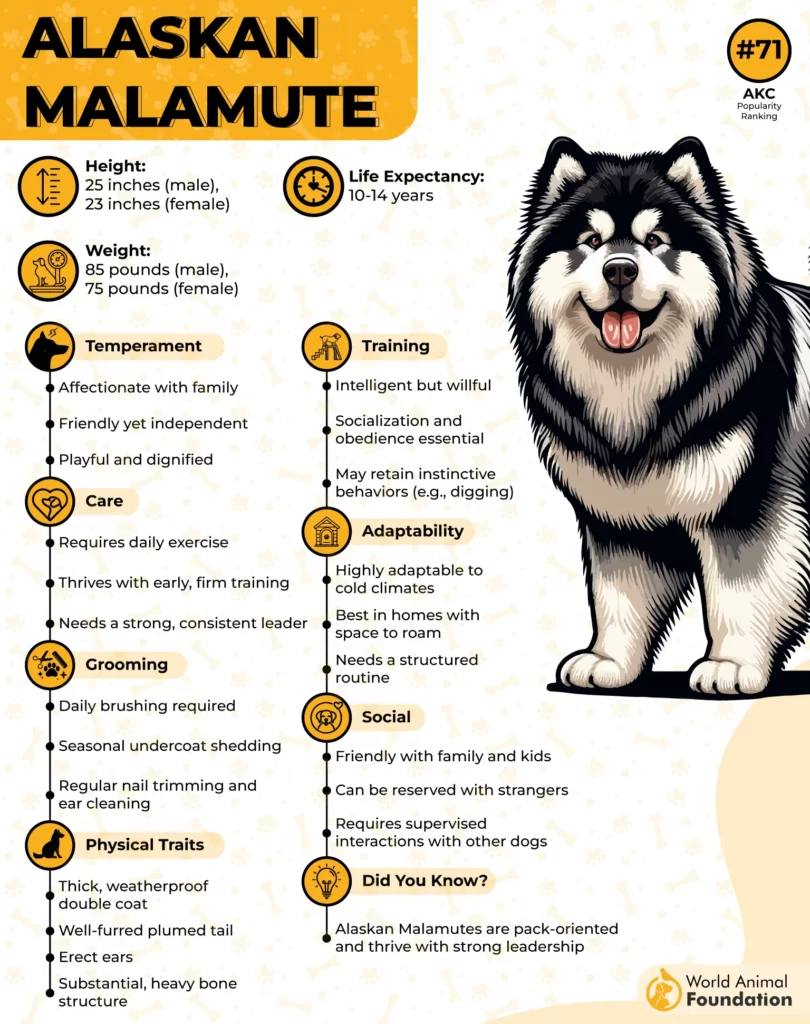
Brains, Sass, and a Whole Lot of Personality
Alaskan Malamutes are known for their intelligence and their opinions. Expect lots of “talking back” in the form of dramatic awoos, especially if they disagree with your rules.
Their strong will and cleverness mean they need a confident handler who understands independent canines. Left to their own devices, Malamutes will make their own plans—sometimes involving creative escapes from the yard.
Loyal Hearts With a Stubborn Twist
Despite their independence, Malamutes are loyal dogs that form strong bonds with their people. They can be a great companion for busy owners who are still committed to daily mental and physical stimulation.
When socialized early and properly, they can get along well with children and even other pets, though small animals might awaken their prey drive, so supervision is key.
Conclusion
Finding the right match among independent working breeds means honestly assessing your lifestyle and expectations. These aren’t tiny dogs content to lounge all day—even the smaller dog breeds in this category need purpose and activity.
Unlike companions bred primarily for affection, these self-sufficient dogs thrive when given jobs and respect. With proper training and clear boundaries, they reward owners with unwavering loyalty and remarkable capability. Many suffer less from separation anxiety than needier breeds, making them suitable for homes where alone time is part of the routine.
While the American Kennel Club recognizes most of these breeds today, their value goes beyond show rings—they’re living connections to an ancient breed heritage where dogs worked as true partners to humans. Is one of these independent spirits the right match for your active lifestyle?


